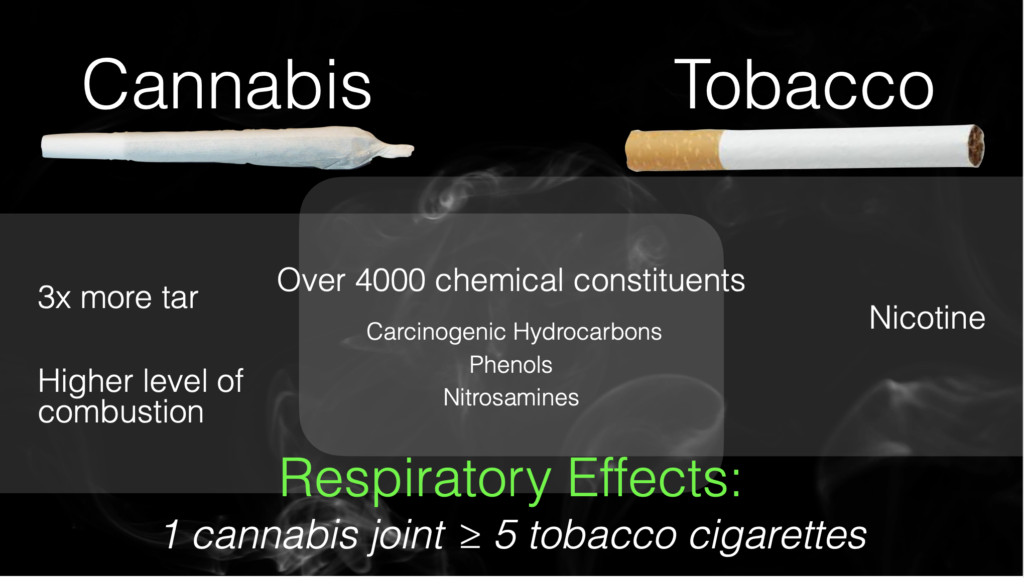We know of the negative effects of smoking cigarettes and other nicotine products on our oral health, but does cannabis cause the same outcomes?
Yes. Marijuana impacts our oral health and has been directly linked to a higher prevalence and earlier onset of periodontal disease than those who do not use marijuana regularly.
Marijuana has been implicated in several adverse effects in dentistry, including:
- Xerostomia – A major side effect of cannabis use is dry mouth. Having enough saliva is important to wash away bacteria and to keep the mouth hydrated.
- Stomatitis – Sores and spots of inflammation can develop through excessive cannabis use.
- Dysgeusia – Marijuana use can distort your sense of taste and smell.
- Leukoplakia – Similar to what is seen in cigarette smokers, cannabis users can develop thick, white/grayish patches in the mouth.
- Gingival hyperplasia – The gingiva (gums) can become inflammed, red, and enlarged when exposed to marijuana smoke.
- Periodontal disease – Cannabis use creates an environment for bacteria to thrive. Marijuana also induces bone resorption in the jaw.
- Dental caries – Tooth decay is a major side effect of cannabis use of all types
- Increased snacking
- Decreased focus on oral hygiene care
With the recent legalization of cannabis in Canada, many consumers think it is less harmful than cigarettes. For this reason, we have seen a steady increase in marijuana use in almost all age groups in Canada. However, the safety of marijuana is not proven, in fact, it may be more damaging to our oral tissues than cigarettes.
Smoking one joint causes equivalent damage to smoking 5 nicotine cigarettes. Joints have been shown to have 3x higher levels of tar and a higher rate of combustion. This higher, less controlled rate or combustion results in a higher rate of injury to the delicate oral tissues.
To fight these adverse effects of smoking (either cannabis or tobacco), it’s important to have good at home dental hygiene practices. This includes brushing with an electric toothbrush for 2 minutes twice daily. As well as flossing and using interdental brushes to clean the crevices between the teeth, bacteria’s favourite hiding places.
It is also important to keep regularly scheduled visits with your dentist and periodontist. When visiting the dentist, be truthful with them about your smoking history.
If you have consumed cannabis in any form (smoked, ingested, or topical) 24 hours before a visit to your dentist, it is important to reveal this. Cannabis can have residual motor and cognitive for as long as 24 hours, depending on its route of administration.
Marijuana and its active components can cause tachycardia (fast heart beat), can reduce blood pressure, and can increase respiratory complications. These side effects can all adversely effect a patient, laid back in a dental chair. Cannabis can also interact with the local anesthetics or the sedation medications used in many dental procedures.
The risks related to marijuana use rise with its concentration. Having all of the facts is important in your choice to consume cannabis, whatever the form.




